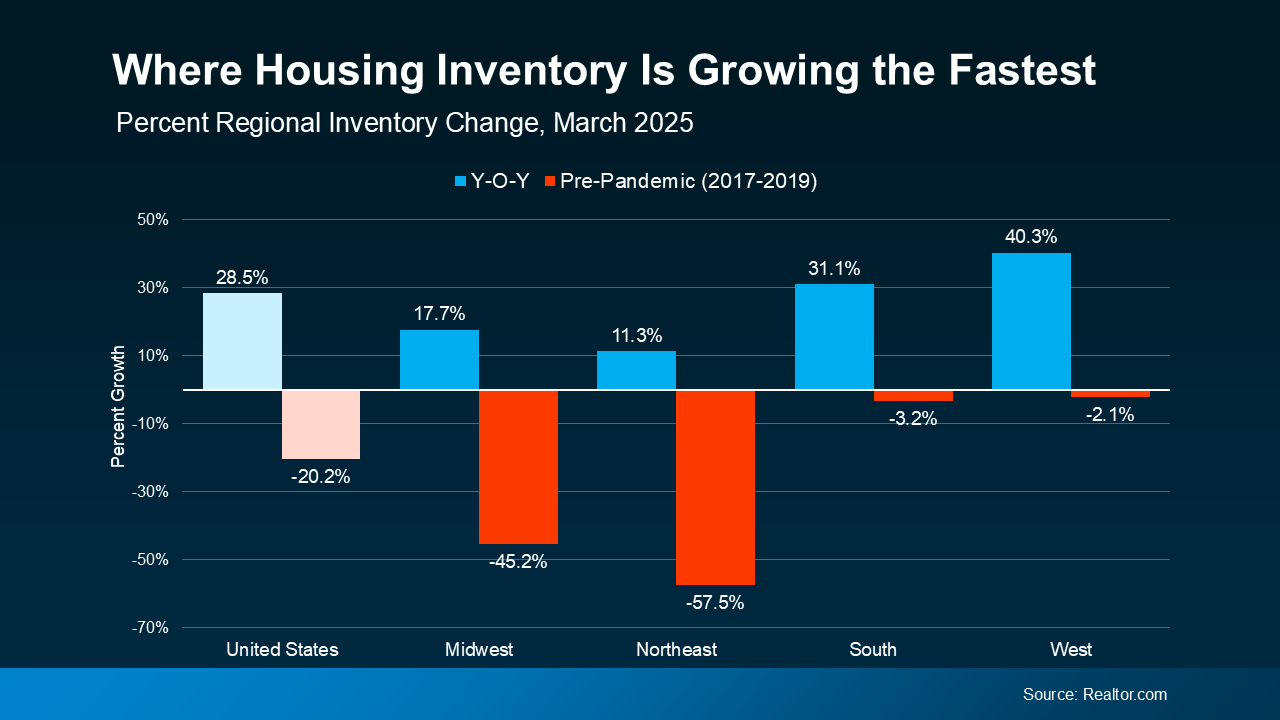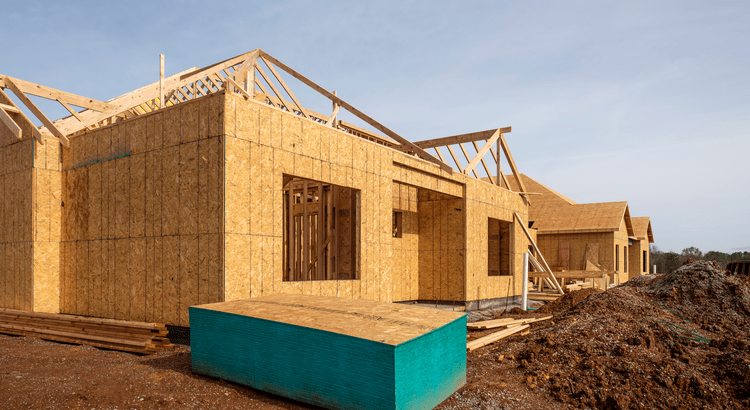A Tale of Two Housing Markets
A Tale of Two Housing Markets

For a while, the housing market strongly favored sellers. Homes sold quickly, and buyers faced stiff competition. Recently, though, there’s been a shift. Some markets remain competitive, but others are seeing homes stay listed longer, giving buyers more flexibility.
This contrast shows how different the experience can be depending on location—understanding your local market is key.
What’s the Difference Between a Buyer’s and Seller’s Market?
In a buyer’s market, there are more homes available than there are buyers. This leads to longer listing times, more negotiating room, and often lower prices.
In a seller’s market, there are fewer homes for sale and more people looking to buy. Homes sell faster, prices tend to rise, and sellers often receive multiple offers.
The Market Is Becoming More Balanced
For years, most areas across the country leaned heavily toward sellers, which was challenging for buyers—especially those purchasing for the first time. But the national market is beginning to level out, according to Zillow.
The graph measures whether the housing market favors buyers, sellers, or is balanced—rated on a scale from 0 to 100. Higher numbers reflect more favorable conditions for sellers.
Between 2020 and early 2022, the orange bars show when sellers had the most advantage. Since then, the market has shifted toward balance. Recently, it’s leaned more neutral, represented by the gray bars. That means buyers now have more room to negotiate.
In a balanced market, homes take longer to sell, bidding wars happen less often, and sellers may need to offer price cuts or help with closing costs. This creates more opportunities and less pressure for buyers compared to the past few years.
What’s Causing the Change?
Inventory is a key factor. When more homes are available, buyers gain options, which slows price increases. Realtor.com data shows that inventory growth isn’t happening equally across all areas (see graph below).
This graph shows how inventory has changed compared to last year (blue bars) and compared to 2017–2019 (red bars) in different regions of the country.
The South and West regions of the U.S. have seen large increases in housing inventory over the past year (highlighted in blue), nearing pre-pandemic levels. That’s why buyer’s markets are becoming more common there.
In contrast, the Northeast and Midwest still have low inventory compared to before the pandemic (shown by the taller red bars), keeping those areas more seller-friendly for now.
What This Means for You
Market conditions vary by location. National trends don’t always reflect what’s happening in your specific town or neighborhood.
Understanding your local market helps you make informed decisions. That’s why working with a local real estate agent is key right now.
As Zillow explains:
“Agents are experts on their local markets and can craft buying or selling strategies tailored to local market conditions.”
A knowledgeable agent can guide you based on what’s happening in your area—helping you price your home correctly, spot good opportunities, and negotiate effectively depending on market dynamics.
Bottom Line
Thinking about buying or selling? Let’s connect and explore what’s happening in our local market. I can help you build a smart strategy tailored to your goals.
What’s one thing you’re curious about in today’s market?
Categories
Recent Posts










GET MORE INFORMATION


